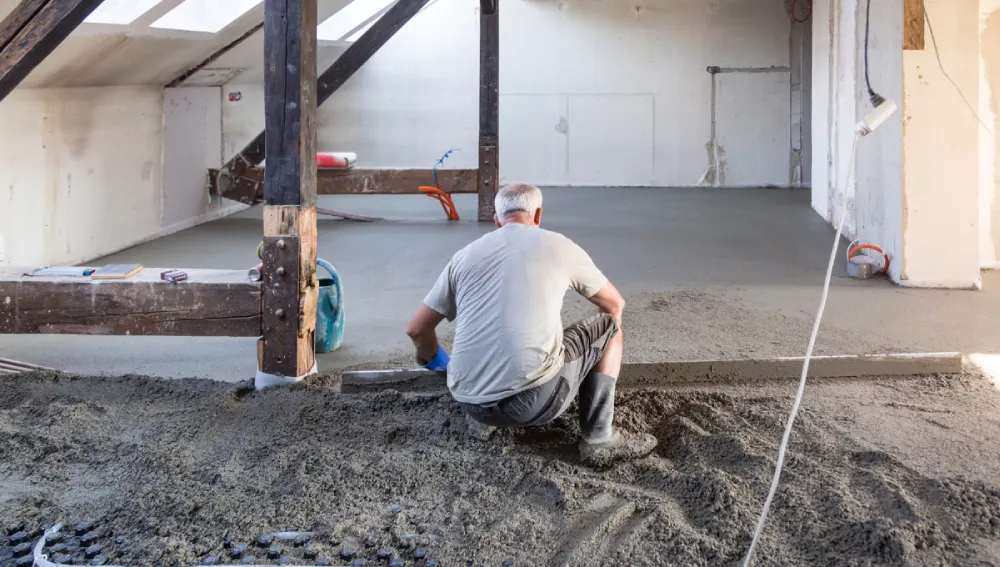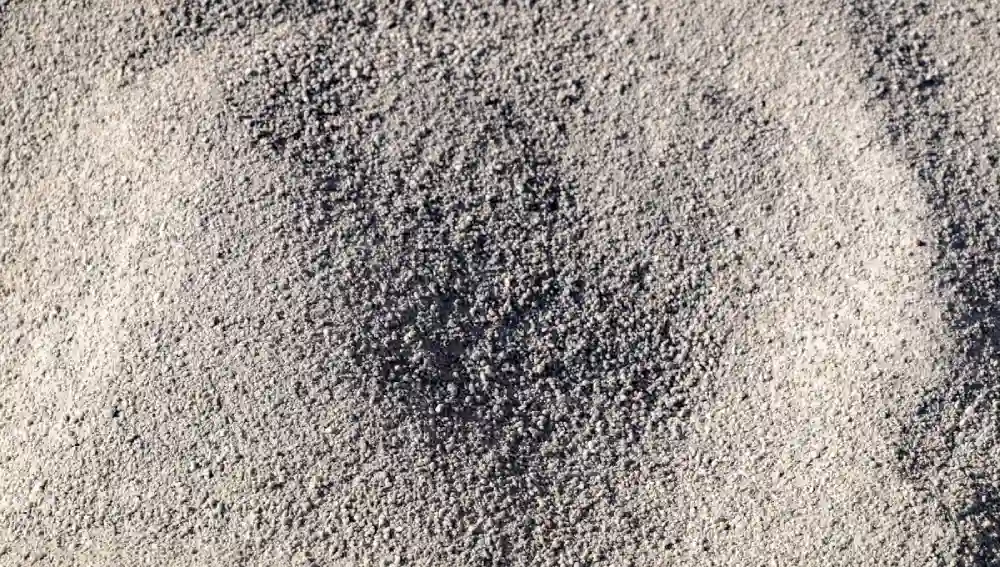In the construction industry, the quality and type of sand used play a crucial role in determining the strength and durability of the structure. Two commonly used sands are M Sand (Manufactured Sand) and P Sand (Plastering Sand). Both these sands are produced using advanced technology to ensure consistency and quality, but they serve different purposes and have distinct characteristics.
M Sand, or Manufactured Sand, is produced by crushing hard granite stones in a controlled environment using advanced machinery to achieve the desired shape and size. It is primarily used as a substitute for river sand in concrete and construction applications due to its superior strength and durability.
On the other hand, P Sand, or Plastering Sand, is specifically processed to meet the stringent requirements of plastering applications. It is finer and smoother than M Sand, making it ideal for creating a smooth and even finish on walls and ceilings. The production of P Sand involves additional screening and washing processes to remove impurities and achieve the required fineness.
What is M Sand?
M Sand stands for Manufactured Sand. As the name implies, M Sand is an artificially developed material. It is produced by crushing big boulders or stones into tiny particles. The small particles are washed, ground into powders, and graded based on size.
M sand is a popular alternative to the scarce and costly river sand. M Sand Price in various locations It is widely used in mortar and concrete mixtures
The density of M Sand falls between the range of 1,750 to 1,850 kg/m³. The specific gravity of M Sand will depend on the source of the boulder or rock from which it was derived. However, generally, the particular gravity of M Sand is between 2.5 and 2.9.
What is P Sand?

P sand stands for Plastering Manufactured Sand or simply Plastering Sand. It is also referred to as crushed sand or manufactured fine aggregate. P Sand’s primary purpose is to serve in construction activities, particularly in rendering, masonry, and plastering processes. It is specifically engineered to provide optimal consistency and fineness, ensuring superior bonding and a smooth finish in these applications.
P sand is often appreciated for its fine and smooth texture, which enables a smooth finish on building surfaces.
P Sand is often confused with river sand. However, P Sand is not just regular river sand; it is made by refining river sand through a detailed process. The river sand is thoroughly screened and washed to make P Sand, which is perfect for plastering because it is clean and has a smooth consistency.
The density of P Sand ranges between 1,440 to 1,710 kg/m³. Its specific gravity is typically around 2.63 to 2.6.
Difference Between M Sand and P Sand
M Sand and P Sand have unique characteristics and usefulness. The following table gives insight into the differences between M Sand and P Sand:
| M SAND | P SAND | |
| Origin | It is artificially created by crushing bigger rocks or granite in smaller particles. | P Sand is refined river sand, processed through thorough screening and washing, ideal for plastering. |
| Availability | Available extensively and is in high demand. | Has a higher demand and is highly available |
| Particle Shape | It feels coarser and looks more angular in shape. | It feels finer and has a more rounded shape. |
| Particle Size | Particle size ranges between 0 to 4.75 mm. | Particle size ranges between 0 to 2.36 mm. |
| Applications | It is used as a substitute for river sand in concrete and construction applications due to its strength and durability. It is commonly used in the production of concrete, mortar, and for laying bricks and blocks, making it ideal for structural and load-bearing projects. | It is primarily used for plastering walls and ceilings due to its fine and smooth texture, which ensures a neat and even finish. It is also suitable for rendering and masonry works, providing a clean and consistent surface. |
| Consistency | It has a variable consistency due to its wider particle size range. | It has a higher definite consistency than M Sand due to its finer particle size. |
| Properties | Has stronger interlocking properties. | Has higher adhesive properties. |
| Durability | Durable for concrete applications. | Durable for plastering. |
| Density | Between the range of 1,750 to 1,850 kg/m³. | Between the range of 1,440 to 1,710 kg/m³. |
| Specific Gravity | Between 2.5 and 2.9. | Between 2.63 to 2.6. |
| Cost of Acquisition | More cost-effective than P Sand. Costs around ₹1400 – ₹1800 per cubic meter (approx.). | It is costlier than M Sand. Costs ₹1500 – ₹2200 per cubic meter (approx.). |
Conclusion
Understanding the difference between M Sand and P Sand is crucial for selecting the right material for your construction needs. M Sand, with its robust strength and durability, is ideal for structural applications such as concrete production and bricklaying. similarly M sand and river sand have major key differences
On the other hand, P Sand, with its fine and smooth texture, is perfect for plastering and masonry work, ensuring a flawless and even finish. By choosing the appropriate type of sand for each specific application, you can ensure the quality, durability, and aesthetic appeal of your construction projects.
Follow the contractor’s or engineer’s instructions and choose the right sand kind for your construction projects.
FAQs
No, M Sand is not considered good for plastering. Its coarse texture and angular shape prevent it from providing good adhesion properties. Thus, M Sand will not be able to offer the smooth finish typically expected of a good plastering sand material.
M Sand’s quality can be checked via visual inspection or laboratory analysis. If you cannot do laboratory analyses like sieve analysis, fineness modulus, or strength tests, you can use visual inspection techniques on-site. Some visual methods include examining the color, texture, and presence of dirt in the sand. If the color is grey or off-white, the texture is rough and angular, and there is not much dirt in the sand, it can qualify as a good quality M Sand.

